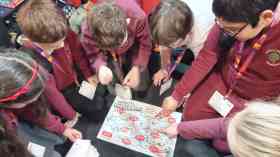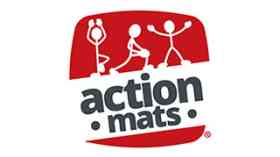Action Mats create resources for primary and early years children focussing on movement skills and active learning.
Supplier Focus
Latest Supplier News
Borg & Overström is a UK manufacturer of premium drinking water solutions. For over 20 years Borg & Overström has developed sustainable, bottle-less, hygienic, drinking water dispensers with the aim to provide exceptional, safe, self-service drinking water into schools, universities, workplaces and communal spaces.

 Why is health and safety in schools important? Simple accidents, such as slips or trips, might seem a trivial part of the day-to-day hustle and bustle of school life, but they are capable of causing serious injuries and worse. In one accident recorded on the HSE website, a school canteen employee slipped on some food that had been dropped on the floor of the school dining room. As a result, she broke her leg and later died due to a blood clot. While this is an extreme case, health and safety planning can significantly reduce the chances of outcomes such as this from occurring. This planning can be as simple as ensuring the correct risk assessments are in place, educating staff on how to identify risks or providing first aid training to staff and pupils.
Why is health and safety in schools important? Simple accidents, such as slips or trips, might seem a trivial part of the day-to-day hustle and bustle of school life, but they are capable of causing serious injuries and worse. In one accident recorded on the HSE website, a school canteen employee slipped on some food that had been dropped on the floor of the school dining room. As a result, she broke her leg and later died due to a blood clot. While this is an extreme case, health and safety planning can significantly reduce the chances of outcomes such as this from occurring. This planning can be as simple as ensuring the correct risk assessments are in place, educating staff on how to identify risks or providing first aid training to staff and pupils.








